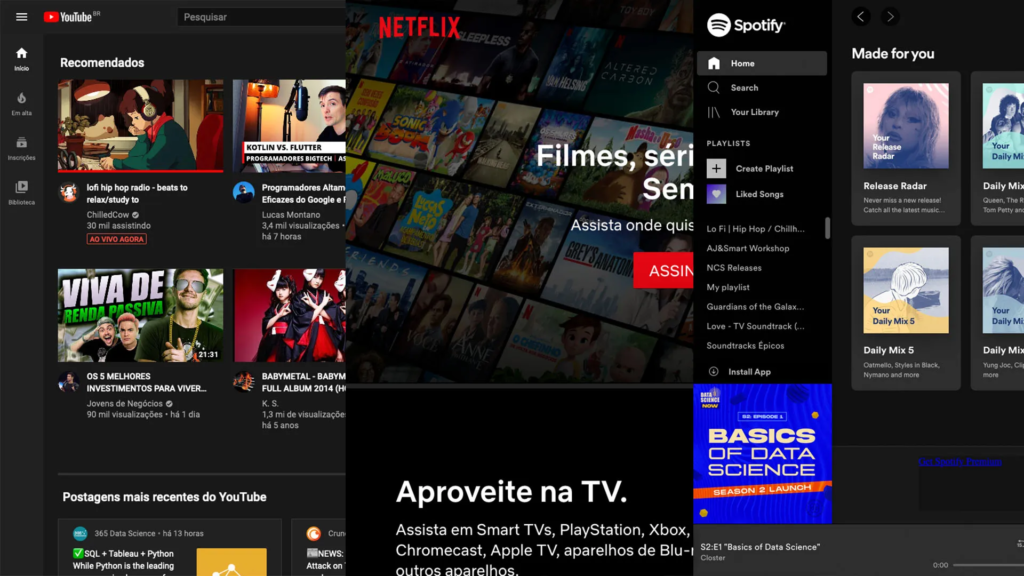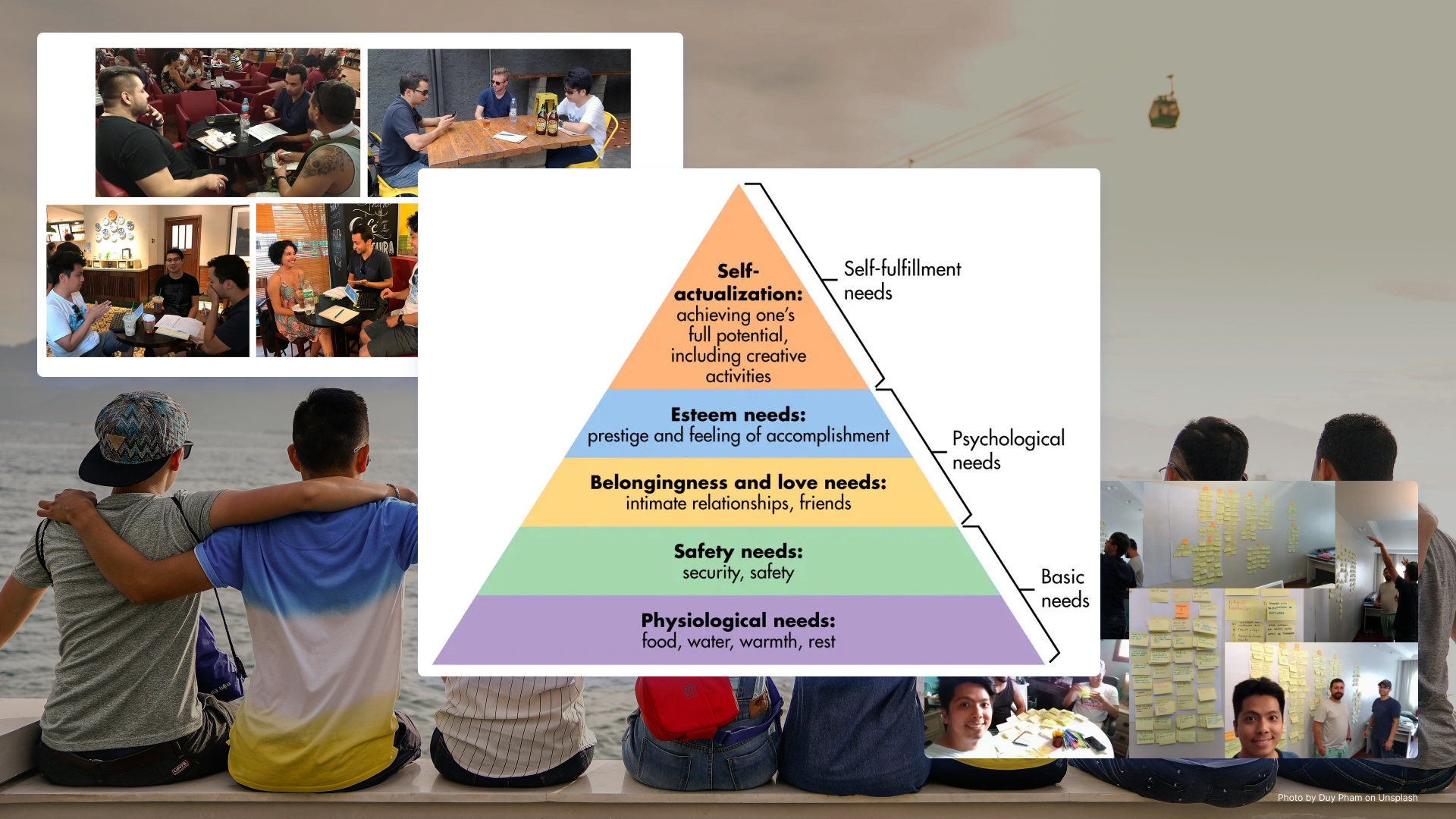Data Science and Design to unlock superior User Experience

Introduction
In today’s rapidly evolving digital landscape, Data Science and Design (with focus on Experience Design) are becoming inseparable. Traditionally seen as distinct fields—one rooted in the exact sciences, and the other in the humanities—these disciplines are now working together to create more personalized and meaningful user experiences. By combining quantitative data from data science with qualitative insights from design thinking, professionals can unlock a new level of innovation and precision in product development.
This article delves into how these two fields intersect and why the collaboration between them is not just beneficial, but essential in the modern tech-driven world.
The Traditional Divide Between Design and Data
Historically, design has been driven by qualitative research—interviews, user testing, and observational studies that focus on human behaviors and needs. Rooted in the humanities, Experience Design (XD) draws on empathy and creativity to solve user problems, making it more subjective and flexible. You can better understand the process behind in this article.
In contrast, Data Science stems from the exact sciences, relying on numbers, algorithms, and statistical models. It seeks to uncover patterns and predict future behavior by analyzing large datasets. The results are objective, measurable, and repeatable—qualities that have made data science an integral part of business decision-making.
However, relying solely on either discipline can lead to limitations. Qualitative insights, while valuable, may lack the broad validation that quantitative data provides. On the flip side, purely data-driven solutions might overlook the nuance and human element critical to successful design.
Why Combine Data Science and Design?
As companies strive to deliver more personalized and responsive products, the intersection of data science and design becomes increasingly important. Combining these fields offers a more holistic approach to problem-solving, enabling professionals to not only understand what users do (quantitative) but why they do it (qualitative).
Here’s how this combination can enhance different aspects of design:
- Richer Research and Exploration: Data science helps design teams identify patterns, trends, and behaviors across large datasets. This can guide early design research by pinpointing areas worth exploring in more depth through qualitative methods. Instead of relying solely on intuition, designers can use data to validate their hypotheses before moving forward.
- Effective Experimentation and Testing: When launching a new product or feature, experimentation is key. Data science provides robust tools such as A/B testing and predictive analytics, while design contributes a human-centered focus to ensure that these tests consider user experience in a meaningful way. By blending these perspectives, designers can iterate faster and with greater confidence.
- More Precise Decision-Making: Every product decision, from user interface design to content strategy, benefits from having a solid foundation in data. For instance, Machine Learning models can inform designers about user preferences, helping them create interfaces that feel personalized. Natural Language Processing (NLP) algorithms can transform text or speech data into actionable insights, revealing what users truly want from an experience.
- Optimized User Testing: User testing can be time-consuming and resource-heavy, but integrating data science allows for smarter decisions on sample sizes, user segments, and testing methods. By leveraging data, design teams can better understand how representative a small test group might be of the larger population, leading to more reliable and impactful results.
Real-World Examples of Data-Driven Design

Several well-known companies already practice the seamless integration of data science and design to deliver exceptional user experiences. Consider platforms like YouTube, Netflix, and Spotify. These services continuously collect massive amounts of user data, analyzing behaviors to predict what content will engage their audiences. This data is then paired with design principles to create interfaces that feel intuitive, personalized, and user-friendly.
For example, Spotify’s recommendation system is a prime case of this collaboration in action. While data scientists analyze user behaviors—like listening history, search queries, and playlists—designers ensure that the interface remains clean, engaging, and easy to use. The result is a listening experience that feels tailored to each user, even if millions of people use the platform daily.
Moreover, Amazon’s recommendation system leverages data to enhance the customer’s shopping journey. By blending data-driven insights with UX principles, Amazon consistently suggests products that feel highly relevant to the user’s preferences. This personalized experience directly drives customer satisfaction and loyalty.
Challenges of Integrating Data and Design
While the benefits of combining Data Science and Design are clear, it’s important to recognize that the integration isn’t always straightforward. As the saying goes, “To a man with a hammer, every screw is a nail.” Not every project requires the same approach, and it’s crucial to choose the right tools and methods for the context.
For example, some projects may benefit more from qualitative insights and human intuition, while others need rigorous, data-driven models. It’s essential for teams to avoid falling into a “one-size-fits-all” mindset. Instead, they should remain flexible, understanding that not all techniques will work for every project.
Additionally, implementing advanced data science techniques—such as Natural Language Processing (NLP) or Machine Learning (ML)—can require specialized knowledge and resources that may not always be readily available to design teams. This underscores the need for collaboration between data scientists and designers, who must work together to ensure these tools are applied in a meaningful, contextually appropriate way.
Future Trends: The Growing Demand for Data-Driven Design
The integration of data and design is not just a passing trend—it’s a fundamental shift in how companies approach product development. Looking ahead, we can expect to see:
- Increased Use of Artificial Intelligence (AI): AI will continue to transform the way products are designed, with machine learning models offering deeper insights into user behavior and preferences.
- The Rise of Business Designers: As design becomes more integral to business strategy, there will be an increased demand for professionals who can bridge the gap between business needs and design thinking.
- Inclusive Design with Data: As companies aim to reach a broader audience, data science will play a crucial role in ensuring that products are designed with diverse user groups in mind.
- Greater Demand for UX Experts: As the value of user experience becomes clearer, there will be growing demand for professionals who specialize in designing with both qualitative insights and data-driven solutions.
Conclusion
In a world where technology continuously evolves, the collaboration between Data Science and Experience Design is essential for creating more effective, personalized, and user-centered solutions. By combining the strengths of both fields, companies can deliver products that not only meet user needs but also anticipate them, offering a seamless and intuitive experience.
The future of design lies in this intersection, where data informs design and design gives context to data—ultimately transforming the way we engage with the digital world.
References
Simultaneous Triangulation: Mixing User Research & Data Science Methods




